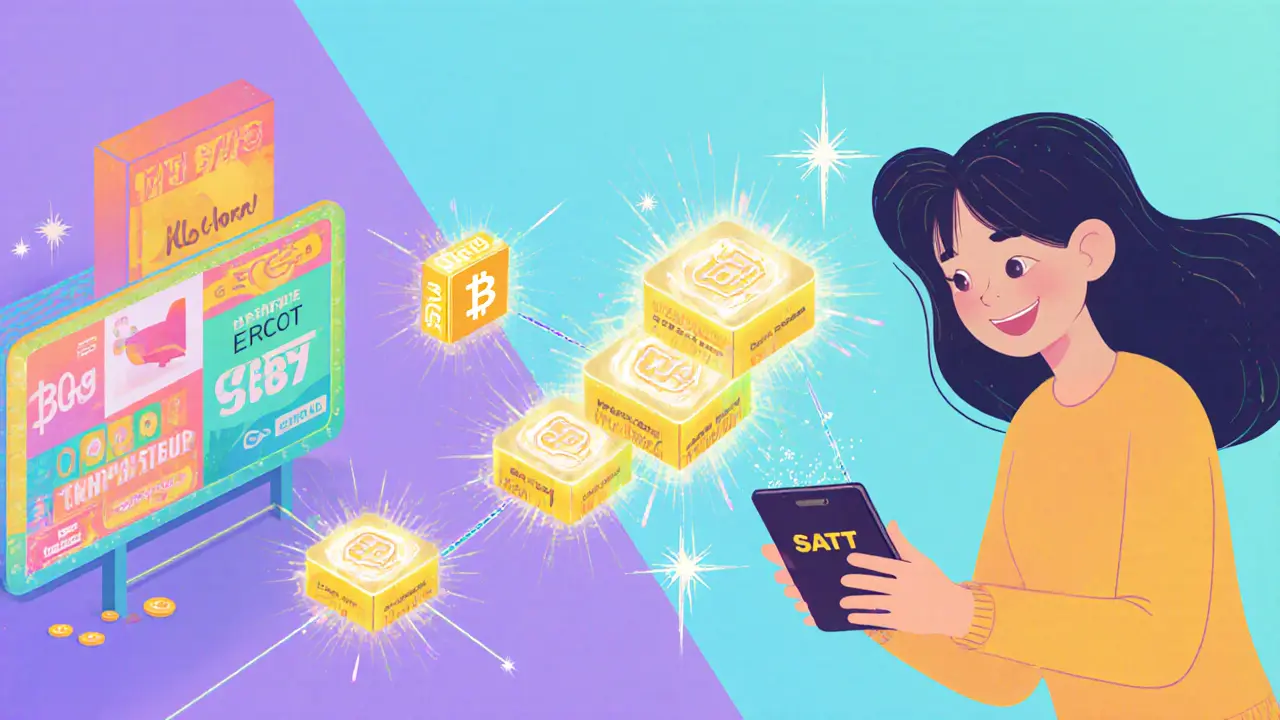When working with cryptocurrency airdrop, a free token distribution event run by blockchain projects. Also known as token giveaway, it aims to boost community growth and liquidity. To successfully navigate one, you need to understand token eligibility, the set of criteria a wallet must meet to qualify, follow the claim process, the steps required to receive the airdropped tokens, and stay clear of airdrop scams, fake offers designed to steal private keys or funds.
The cryptocurrency airdrop landscape has expanded beyond simple giveaways. Projects often tie airdrops to specific actions—like staking, providing liquidity, or completing a social task. This creates a direct link between token distribution and tokenomics, where the supply schedule influences price stability. For example, a CoinMarketCap campaign may allocate 5% of total supply to early adopters, while a DeFi protocol might reward users who lock assets in a vault. Understanding these incentives helps you prioritize high‑value drops and skip low‑impact ones.
Regulatory environments also shape how airdrops are executed. Some jurisdictions require KYC verification, turning a free drop into a know‑your‑customer exercise. Others treat airdropped tokens as taxable income, meaning you should record fair market value at claim time. Keeping an eye on regional rules—like India’s tax guidance or Australia’s consumer protection laws—prevents unexpected headaches later.
Before you click “claim,” ask yourself three questions: Is the project legitimate? Does the eligibility list match your wallet activity? Are the claim steps clearly documented on the official site or trusted aggregator? Answering these reduces the chance of falling for phishing links that mimic popular airdrop announcements.
Several tools help automate the hunt. Airdrop trackers compile upcoming campaigns, filter by blockchain, and rate projects based on community sentiment, code audits, and funding rounds. Pairing these platforms with Discord or Telegram groups gives real‑time alerts when a new bounty or giveaway is announced. Remember, the fastest claim windows often close within a few hours, so setting up notifications can be the difference between a free token and a missed opportunity.
Looking ahead, we expect a shift toward “retroactive airdrops,” where projects reward users after a certain usage milestone—like a DEX that distributes tokens based on past trade volume. This model aligns incentives more closely with actual network activity and may become the norm as regulators push for fairer distribution methods.
Below you’ll find a curated set of articles covering recent airdrop reviews, step‑by‑step claim guides, and deep dives into tokenomics, so you can spot the next rewarding drop with confidence.

Learn how to claim SaTT (SATT) airdrops in 2025, compare Telegram and CoinMarketCap campaigns, maximize referral rewards, and stay safe with step‑by‑step instructions.